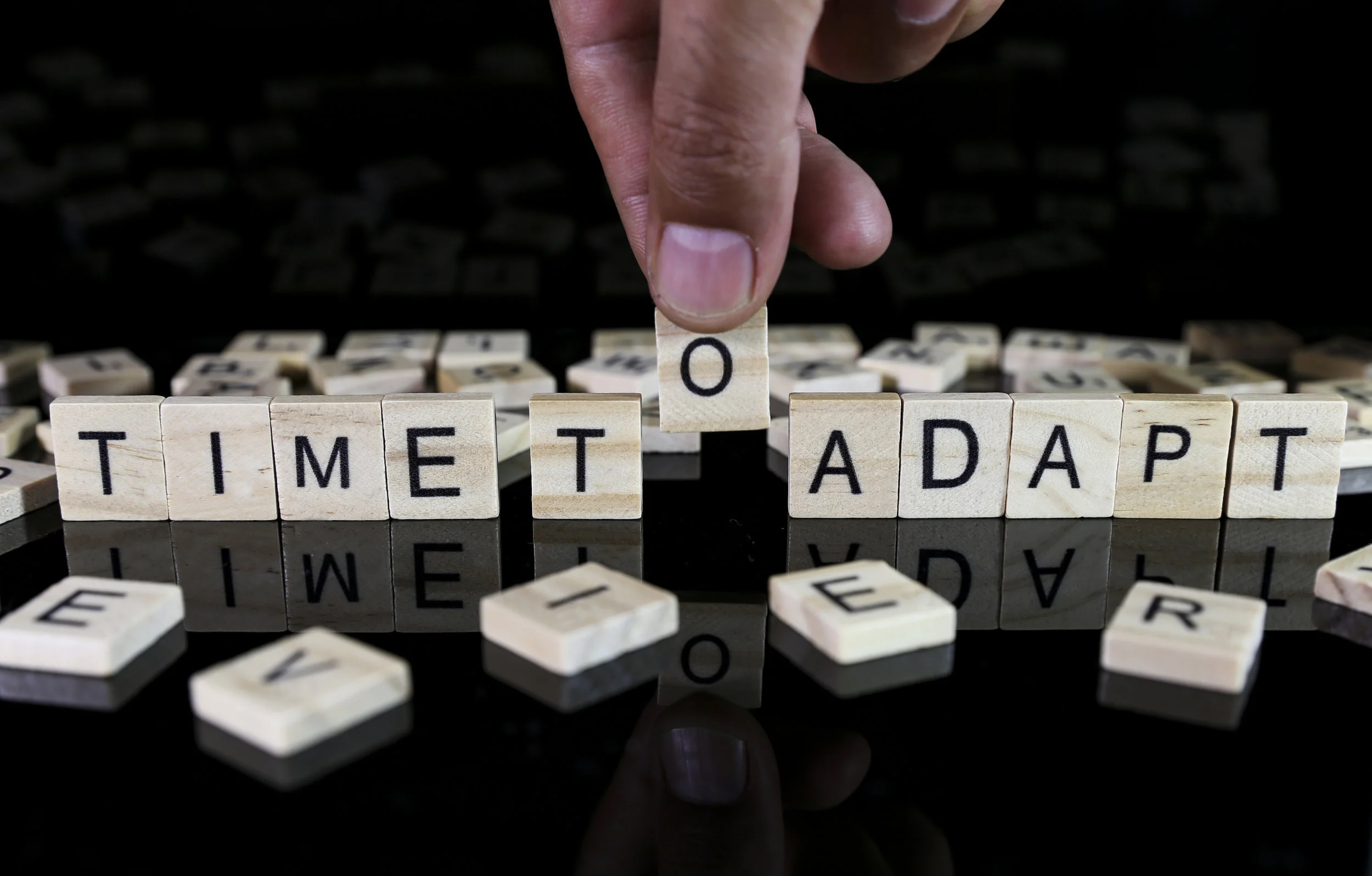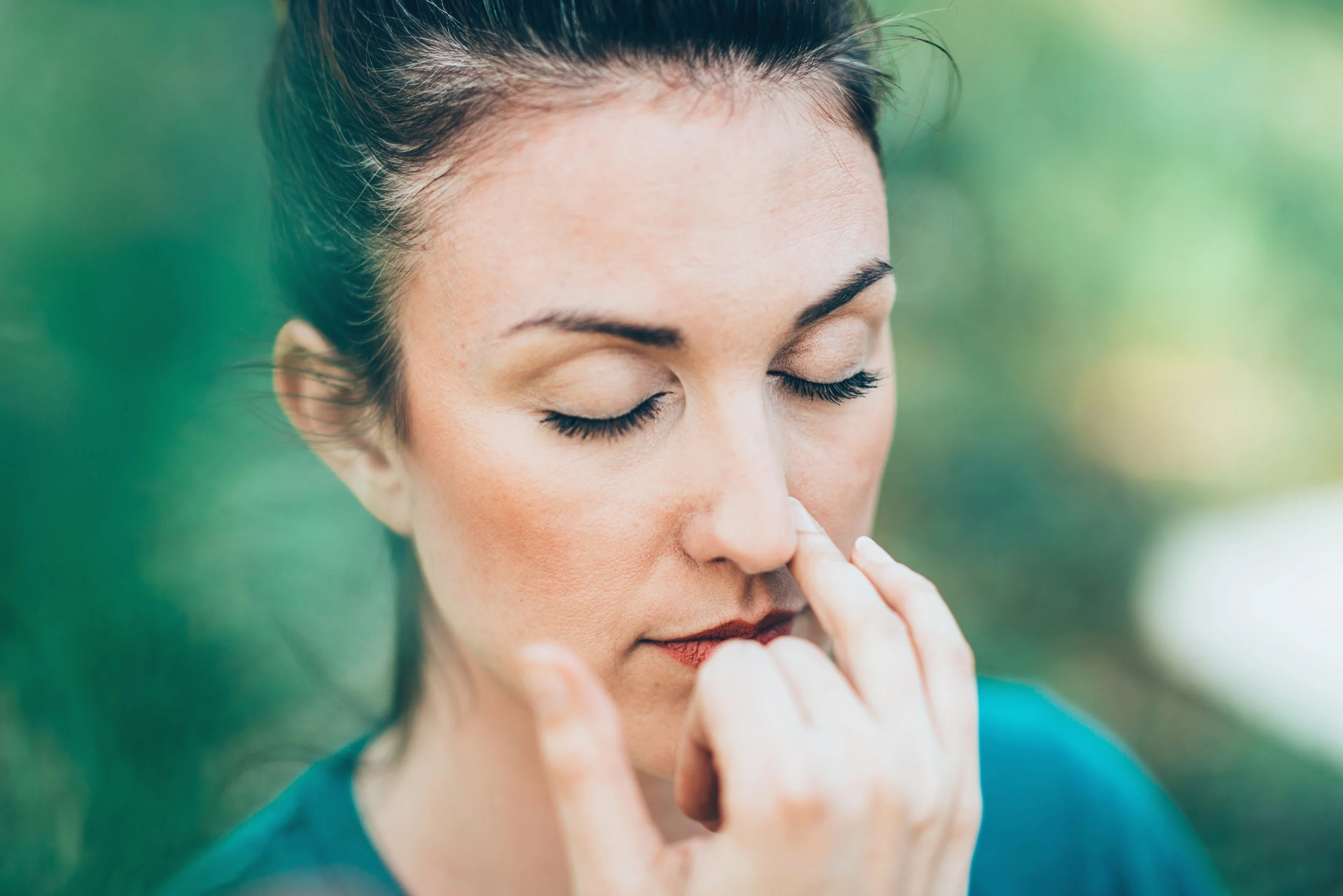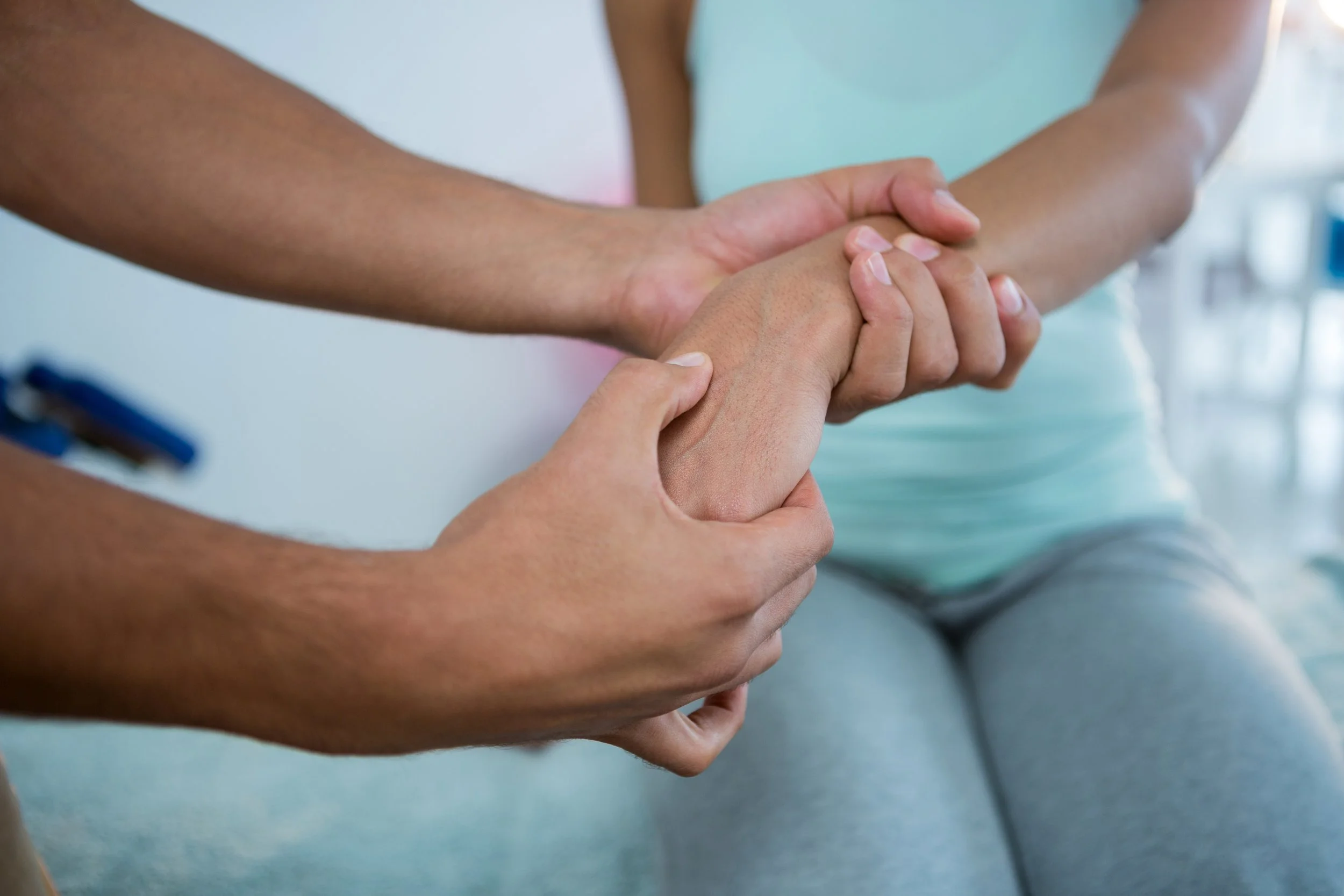Massage for Runners: The What, When & How
/Runners love getting massages. Not only does it feel great, but it can also speed recovery, reduce muscles soreness, and facilitate injury healing. However, there is a lot of confusion when it comes to massage. When is the best time to get one? What type is best for runners? What common mistakes should I be wary of?
Having been a massage therapist for 4 years, I had the opportunity to work with a lot of runners. Not only did this experience help me identify a lot of the common questions and misconceptions about massage, but it also allowed me to test a variety of theories when it comes to the optimal timing, pressure, and massage modality.
In this article, I am going to share with you some of the different types of massage and when each can be most effectively utilized. I’m also going to outline when, and how often, you should schedule a massage to make sure you get maximum benefit without impacting your workouts or races.
What type of massage is best for runners
It’s not surprising that runners get a little confused about what type of massage would benefit them most. Wikipedia lists 31 different types of massage. Of course, some of these are obviously not specifically beneficial to athletes, but runners can go beyond the typical “sports massage” to get results. The following are the five most beneficial types of massages for runners:
Active release
Active release technique, also known as A.R.T. is massage technique that combines movement with specific, deep pressure to help relieve muscle adhesions and reduce scar tissue build-up.
During an A.R.T session, the therapist uses his or her hands to evaluate the texture, tightness and mobility of the soft tissue and then works to break up these adhesions with their hands, as well as movement of the muscle.
Active release is best used when treating a specific injury, especially one where the formation of scar tissue impacts the ability for the body to heal itself. Most notably, A.R.T. is an effective treatment method for hamstring injuries, plantar fasciitis, and shin splints.
Swedish Massage or Effleurage
Swedish massage is the most well-known of the massage modalities and is often associated with relaxation and pampering. However, Swedish massage can also benefit runners, especially before big competitions.
Swedish massage utilizes long, flowing strokes of various pressure, although usually light, to release muscle tension and increase blood flow.
Swedish massage is best used in the days before big competitions or as a recovery tool after hard workouts. The lighter, relaxing strokes help relieve stress and muscle tension without damaging the muscles, which is important if you have a big race approaching. A Swedish massage before a race, especially if you’re coming off a hard week of training, can help you reenergize, relax, and build your confidence in your ability to run fast.
Trigger point
Trigger point therapy is massage modality that targets muscle knots and areas of referred pain in the muscle tissue. Therapists target and find knots in the muscles or areas of referred pain and use deep pressure to help loosen the adhesions.
Like A.R.T., trigger point therapy is best used to treat injuries. Specifically, trigger point therapy is effective in the treatment of IT band tightness, calf strains (did you read our post looking at the association between age and calf injuries), and hamstring injuries.
Deep tissue massage
Most runners are familiar with deep tissue massage, which is often confused with deep pressure (like when you say “go harder”). Deep tissue massage targets both the superficial and deep layers of muscles and fascia and are often quite intense due to the deliberate, focused work.
Deep tissue massages typically focus in on a few specific problem areas and, unlike trigger point therapy, work the entire muscle. Because runners often have quite a few tight spots and interconnected issues, deep tissue massage is often the modality of choice during hard training segments.
When should you get a massage and how often
The frequency at which you get a massage is completely up to you, and depends on how much you like massage, how hard you’re training, and your budget.
If you’re able to afford it, getting a monthly or weekly massage can help prevent injuries by catching tight areas before they become problematic. If it is not possible to fit a recurring massage in your budget, consider one or two per training segment during your hardest training block or when you’re performing more intense speed work, which tends to elicit injuries that can be treated by massage, like tight hamstrings or hips.
I always recommend that runners get a massage either the evening after a hard workout, or the next morning. If the therapist is going deep or using methods like A.R.T., the muscles can often be sore or lethargic for a few days after a massage. Timing the massage as close to your last hard workout gives your body the most amount of time to recover and feel back to normal.
If you plan on getting a massage before your next big race, schedule it at least 3-5 days from the race. If it’s been a while since your last massage, stick to further out. Also note that the deeper the massage, the longer it takes for the body to recover and respond – just like running workouts.
Misconceptions and things to watch out for with massage
With those guidelines in mind, here are a few common mistakes runners make with massage:
Drink water lots of water after the session to help flush out some of the toxins and waste products that were flushed from the muscles. Some people report feeling sick after hard massage sessions. Generally, this means the muscles released a lot of toxins and drinking extra water will clear them out.
Massage does not have to hurt to be effective. While working on a tight, troubled area will certainly cause some discomfort, it shouldn’t leave bruising or cause you to jump off the table. If you do find yourself consistently bruised after massage sessions, your therapist may be going too hard.
It takes time to recover and not feel lethargic after a hard massage. If your legs feel a little dead the next day, that’s ok. This is why it’s important to schedule at least one easy day between a hard massage and a hard workout.
This article originally appeared on competitor.com











![Self-regulation “control [of oneself] by oneself"](https://images.squarespace-cdn.com/content/v1/55563e14e4b01769086817cb/1542845645966-PO2HGKF5JLUBM45UIWQ3/wee-lee-790761-unsplash.jpg)



















